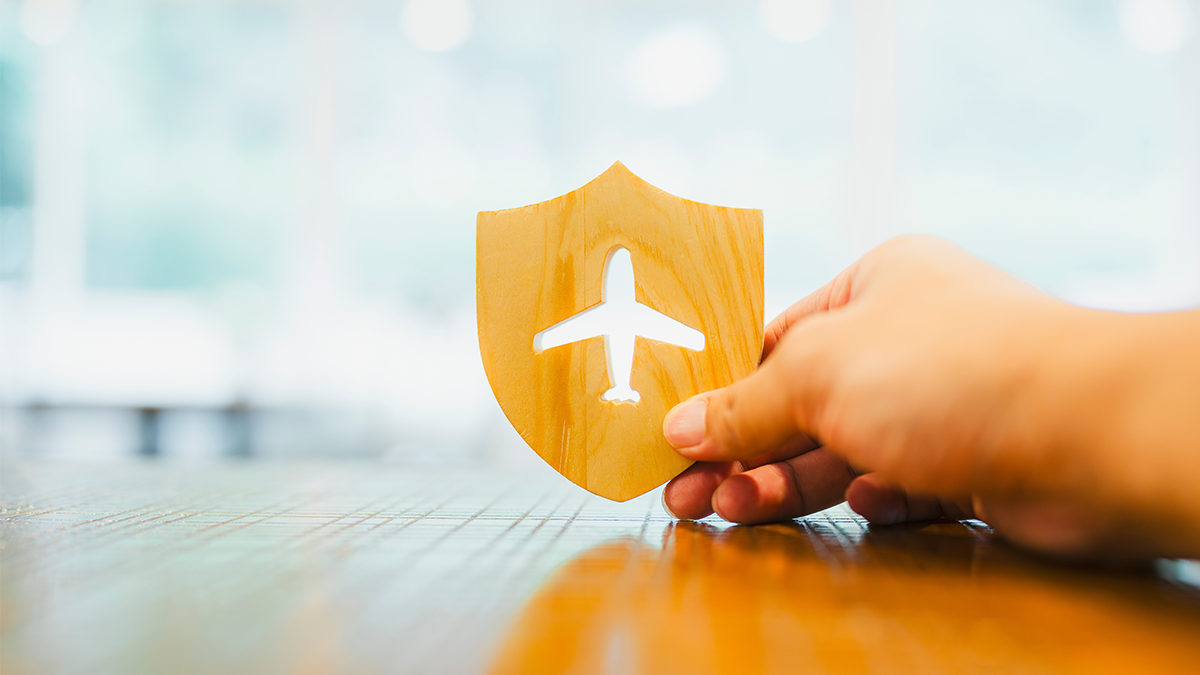Passing through airport security in the U.K. is about to get easier and more streamlined, as U.K. officials announced that the rule mandating liquids in carry-on bags be 100ml (3.4 ounces) or less will no longer be enforced, starting in June 2024.
When the rule ends, passengers will be able to carry-on liquids measuring up to two liters in volume, the BBC reports. Additionally, passengers will no longer need to remove electronics from bags, such as laptops. Previously, major airports in the U.K., such as London Heathrow, were known for their stringent enforcements of the liquid rules.
In the U.S., similar policies are still in effect at airports around the country, with the TSA enforcing its so-called “3-1-1” liquid rule for carry-on bags: all liquids must be 3.4 ounces or less and fit in a single, one-quart clear bag. (Though there are some exceptions to those rules.)
The more relaxed screening policies in the U.K. are possible thanks to new X-ray scanners that use computed tomography (CT) technology to produce more detailed, 3D images of luggage contents. (The technology is similar to a CT scan you might get at a hospital.) Most airports in the U.K. will need to upgrade their X-ray machines to the newer high-tech versions by June 2024.
The same enhanced CT technology has been in use at U.S. airports for several years now, with the TSA rapidly expanding the scanners to dozens of airports nationwide. As of May 2022, the agency said it had deployed at least 402 CT units to 163 airports around the country. Over the summer, officials installed more of the scanners at additional airport checkpoints in anticipation of an uptick in air travelers, including at Billings Logan International Airport in Montana, Albany International Airport in New York, Buffalo Niagara International Airport in New York, Cincinnati/Northern Kentucky International Airport and Raleigh-Durham International Airport in North Carolina, the TSA said in a release.
With that in mind, will the TSA follow the U.K.’s lead and ditch its rules for carry-on liquids? Currently at U.S. security checkpoints with CT scanners, passengers already have somewhat more relaxed screening rules, as they aren’t required to remove their travel-size liquids, electronics, or food from their carry-on bags, according to the TSA. That was a precursor step to the new U.K. policy at London City airport, which received CT scanners in November 2022 and announced that passengers no longer had to remove any items from their bags.
But some industry analysts say scanning equipment is only one piece of the puzzle. “I believe that TSA and other aviation security organizations will study the results from the UK’s decision closely and carefully,” says Henry Harteveldt, an aviation expert and president of Atmosphere Research. “If behavioral profiling and other similar tools allow security organizations to potentially detect people who may pose a danger to airline crews and passengers, it may help reduce the need for measures such as the 100ml limit on liquids and the TSA’s 3-1-1 policy.”
Indeed, it seems U.S. officials plan to take it slow when considering any changes to the current TSA 3.4-oz liquid rule, which has been the international standard since it was implemented in 2006. “Computed Tomography technology produces 3-D images that can be rotated and combined with advanced detection algorithms to produce a substantial improvement in security screening,” Robert Carter Langston, TSA’s press secretary, said in an emailed statement. “While we have them deployed at more checkpoints, we are years away from announcing a change to the current liquids rule.”
Although U.S. passengers still need to pack travel-size liquids for the time being, that doesn’t mean that the security checkpoint hasn’t been seeing other improvements. Aside from rolling out more CT scanners, TSA has been deploying credential authentication technology: new ID scanners that don’t require passengers to show their boarding passes. Earlier in 2022, the agency also began accepting digital IDs from the Apple Wallet app at certain airports and testing an expansion of facial recognition to whisk travelers through even faster.



